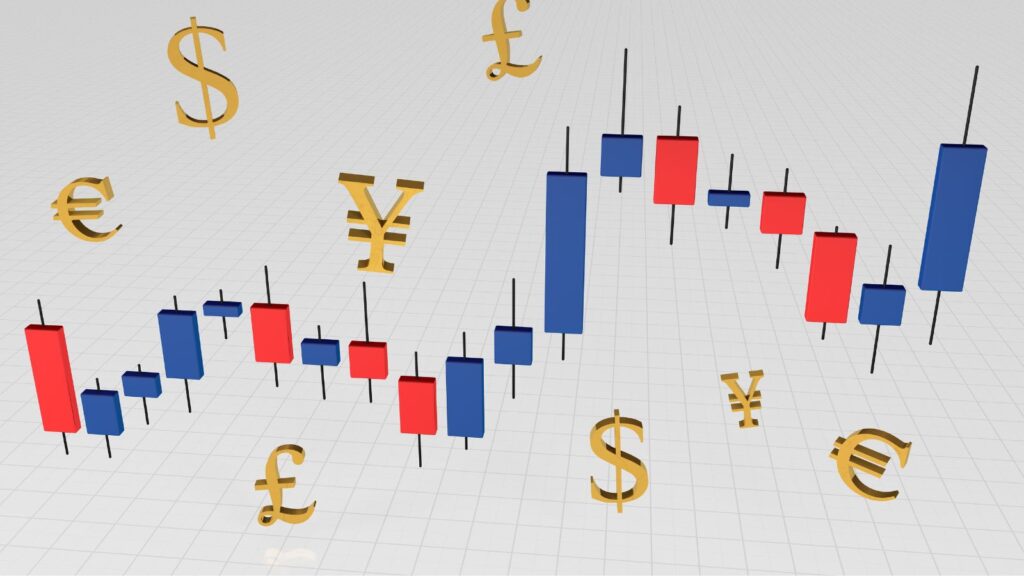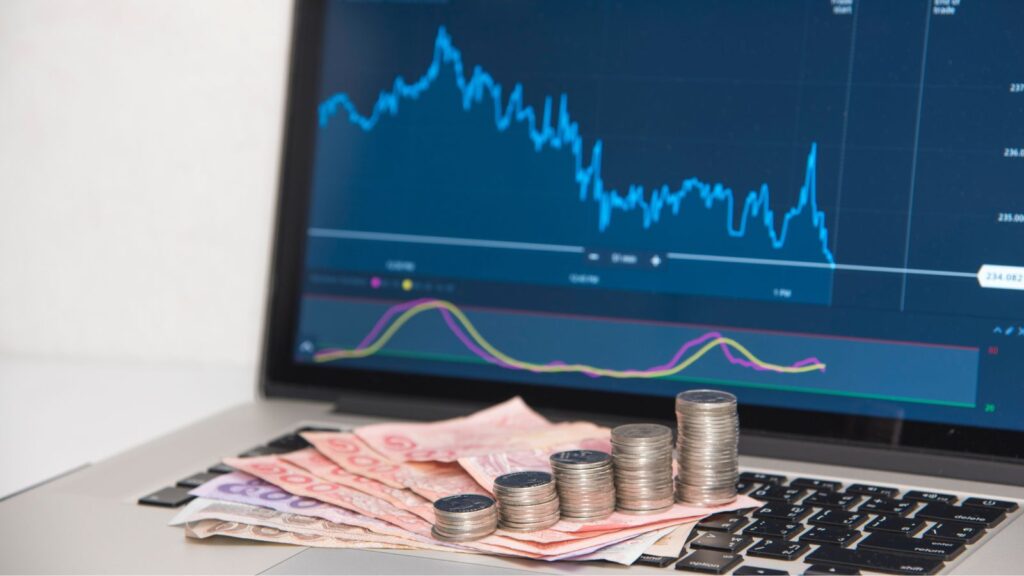
Currency correlation in the forex market is crucial in developing effective trading strategies and managing portfolio risk. While many traders focus solely on individual currency pairs, understanding forex correlation can provide valuable insights into market dynamics and help create more sophisticated trading approaches.
The Fundamentals Of Currency Correlation
At its core, forex correlation represents the statistical relationship between different currency pairs. This relationship is measured on a scale from -1 to +1, where +1 indicates perfect positive correlation (pairs move in the same direction), -1 shows perfect negative correlation (pairs move in opposite directions), and 0 suggests no correlation.
Consider the EUR/USD and GBP/USD pairs. These often exhibit strong positive correlations because the euro and the British pound are frequently influenced by similar economic factors and their relationship with the US dollar. When trading these pairs simultaneously, you must recognize that you might be inadvertently doubling your exposure to market risk.
Impact On Trading Strategies
Understanding currency correlations can significantly enhance your trading strategy in several ways:
Risk Management: By avoiding positions in highly correlated pairs that effectively duplicate exposure, traders can better diversify their portfolios. For instance, taking long, simultaneous positions in positively correlated pairs like EUR/USD and GBP/USD could amplify potential gains and losses.
Hedging Opportunities: Correlations can be used to hedge existing positions. If you hold a long position in one currency pair, you might take a short position in a positively correlated pair to reduce overall portfolio risk.

Confirmation Signals: Correlation patterns can provide additional confirmation signals when analyzing potential trades. If correlated pairs begin to diverge, it may indicate a temporary market inefficiency or a fundamental shift in market dynamics.
The Role Of Major Currencies
Among the strongest currencies in the world, several stand out for their stability and significance in correlation analysis:
The Swiss Franc (CHF) has historically been viewed as a safe-haven currency, often moving independently of other major pairs during market stress.
The Japanese Yen (JPY) similarly acts as a haven but tends to show stronger correlation patterns with Asian-Pacific currencies.
As the world’s primary reserve currency, the US dollar influences nearly all correlation relationships in the forex market, making it essential to consider it in any correlation-based strategy.
Dynamic Nature Of Correlations
It’s crucial to understand that currency correlations aren’t static. They can and do change over time due to various factors:
Economic Cycles: Different stages of economic cycles in various countries can affect traditional correlation patterns.
Central Bank Policies: Divergent monetary policies between countries can temporarily disrupt established correlations.
Global Events: Major geopolitical events, economic crises, or natural disasters can significantly impact correlation patterns.
Practical Application In Trading
To effectively utilize forex correlation in trading:
- Regular Monitoring: Keep track of correlation coefficients between major currency pairs, as these relationships can shift over time.
- Portfolio Analysis: Regularly assess your portfolio exposure, considering correlation relationships between open positions.
- Time Frame Consideration: Remember that correlations can vary across different time frames. Short-term correlations differ significantly from long-term patterns.
Advanced Correlation Strategies
Experienced traders often employ sophisticated strategies based on correlation analysis:
Correlation Breakout Trading: This involves monitoring for significant deviations from historical correlation patterns, which might indicate trading opportunities.
Correlation-Based Portfolio Construction: Building a portfolio of currency pairs with specific correlation characteristics to achieve desired risk-return profiles.
Multi-Pair Analysis: Using correlation data to identify potential market inefficiencies across multiple currency pairs simultaneously.

Risk Considerations
While forex correlation analysis can enhance trading strategies, several risks should be considered:
False Signals: Temporary correlation breakdowns might not always indicate viable trading opportunities.
Over-Reliance: Using correlation as the basis for trading decisions can be dangerous. It should be combined with other forms of analysis.
Historical Limitations: Past correlation patterns don’t guarantee future relationships remain the same.
Technological Tools And Resources
Modern trading platforms often include correlation matrices and visualization tools to help traders monitor and analyze currency correlations effectively. These tools can be particularly valuable for:
Real-time correlation tracking Historical correlation analysis Correlation-based risk assessment Portfolio optimization
Looking Ahead
As financial markets continue to evolve, understanding forex correlation becomes increasingly important. The rise of algorithmic trading and artificial intelligence has made correlation analysis more sophisticated, but the fundamental principles remain crucial for successful trading.
Conclusion
Forex correlation represents a powerful tool in the trader’s arsenal, offering insights that can enhance risk management and profit potential. By understanding and properly utilizing correlation data, traders can develop more robust strategies and make more informed decisions in the complex world of currency trading. However, it’s essential to remember that correlation analysis should be part of a comprehensive trading approach rather than a standalone strategy.















